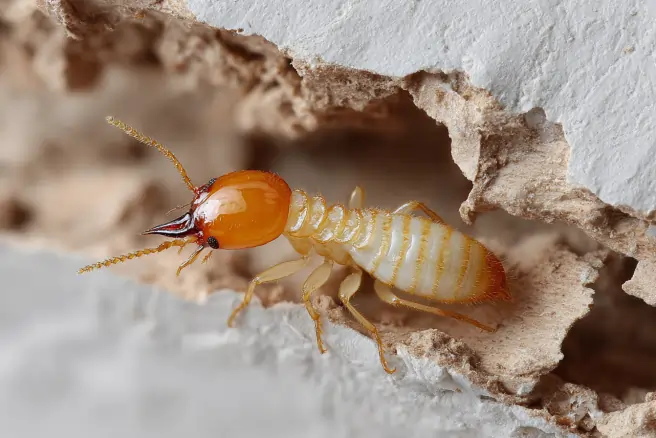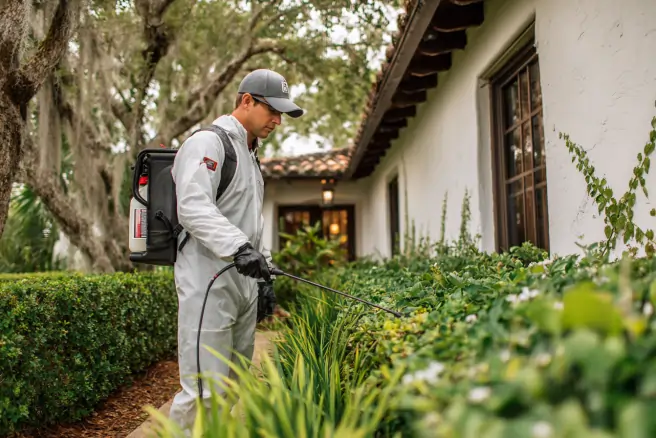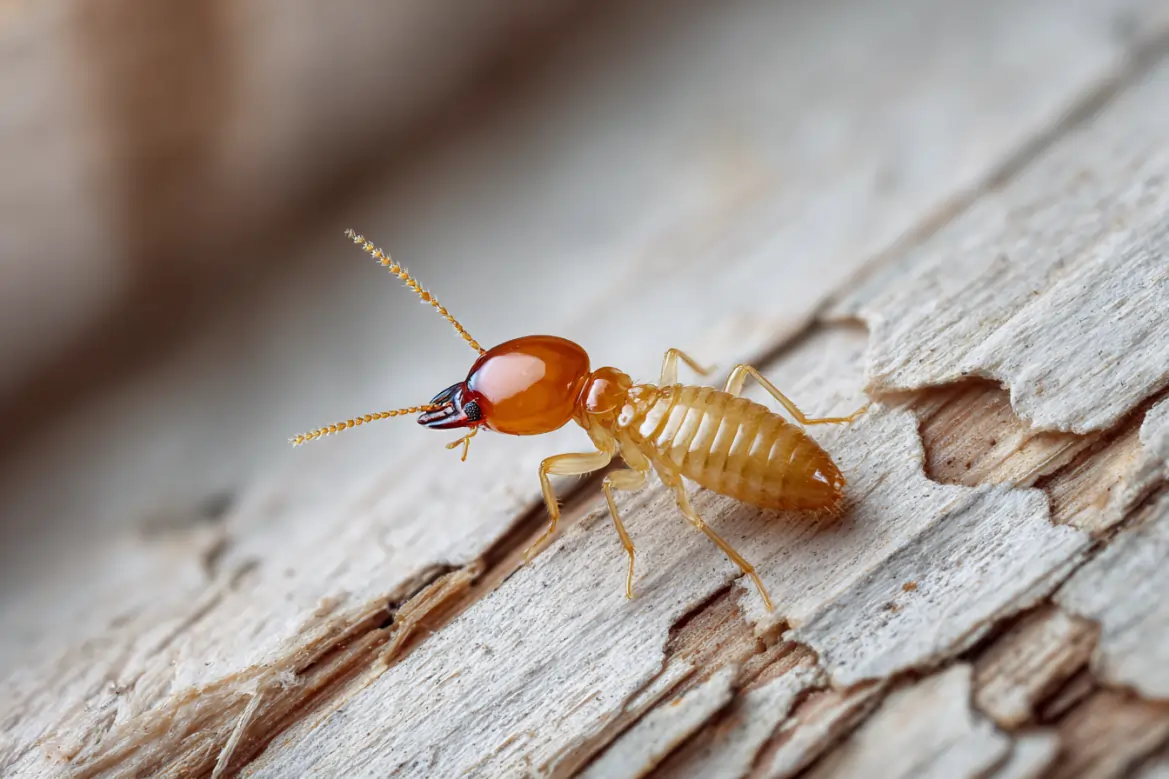
Miami’s sun and sea make it one of the most desirable places to live in the United States. Unfortunately, the same warm, humid conditions that draw people also make the city a haven for termites. In South Florida, infestations are not a question of if but when—unless homeowners take proactive steps to prevent them.
This guide outlines the best termite prevention strategies for Miami homes, from construction practices to annual inspections, and explains why a proactive plan is far more affordable than dealing with repairs after the fact.
Why Termite Prevention Is Essential in Miami
In many parts of the country, termites are active only during warmer months. Miami, however, offers a subtropical climate that allows them to feed and reproduce year-round. The city is home to both subterranean termites—including the destructive Formosan species—and drywood termites, which infest furniture, attics, and wall voids.
Because termites can cause extensive damage before they are detected, prevention is the most reliable way to protect your home’s structural integrity and financial value. Repairing damage can cost tens of thousands of dollars, while preventive services typically cost a fraction of that amount.
Step 1: Annual Professional Inspections
The foundation of termite control in Miami is the annual inspection. Licensed professionals know how to spot the subtle signs of early infestations that homeowners often miss.
An inspection typically includes:
-
Checking the foundation and crawl spaces for mud tubes
-
Examining baseboards, flooring, and walls for hollow spots or blistering
-
Inspecting attics for frass (termite droppings) and discarded wings
-
Identifying moisture issues that may attract subterranean termites
For high-pressure neighborhoods—especially those with a history of Formosan termites—many experts recommend semi-annual inspections.
Step 2: Soil Treatments
Subterranean termites, which require soil contact, are the most common type in Miami. One of the most effective preventive strategies is applying a liquid termiticide around the foundation to create a treated barrier.
-
How it works: Professionals trench and drill around the perimeter of the home, then inject the soil with liquid termiticide. Termites attempting to cross the barrier are eliminated.
-
Longevity: Depending on the product and soil conditions, protection can last five to ten years.
-
Best for: Homes with a history of subterranean termite activity or those in high-risk areas.
Soil treatments are a one-time investment that provides long-term peace of mind when paired with inspections.
Step 3: Baiting Systems
Baiting systems offer an alternative or supplement to soil treatments. Stations are placed around the property and filled with cellulose material that attracts termites. Once termites consume the bait, they carry it back to the colony, eventually eliminating it.
-
Advantages:
-
Less intrusive than soil treatments
-
Ongoing monitoring helps detect new colonies early
-
Environmentally targeted—affects termites, not other organisms
-
-
Considerations:
-
Requires regular monitoring and maintenance
-
Works more slowly than soil treatments
-
Most effective when combined with other strategies
-
For neighborhoods where Formosan termites are established, many Miami pest control providers recommend combining soil treatments and bait systems for maximum coverage.
Step 4: Wood Treatments
Since Miami also has widespread drywood termite activity, treating exposed wood is another valuable step. Borate-based solutions can be applied to rafters, joists, and other vulnerable areas to prevent termites from digesting the wood.
Wood treatments are especially important for:
-
Attics and crawl spaces
-
Outdoor decks and fences
-
Homes with wood siding or decorative trim
Because drywood termites can infest furniture as well, it’s wise to inspect second-hand items before bringing them inside.
Step 5: Moisture Management
Moisture is a major driver of subterranean termite activity. Even the best treatments will fail if the home consistently provides damp conditions that attract termites. Miami homeowners should:
-
Repair roof leaks promptly
-
Keep gutters clear and direct water away from the foundation
-
Use proper ventilation in attics and crawl spaces
-
Avoid overwatering lawns near the home’s perimeter
By reducing excess moisture, you make your property less appealing to termites.
Step 6: Smart Landscaping Practices
Landscaping can unintentionally invite termites closer to your home. To reduce risk:
-
Maintain at least six inches of clearance between soil and siding
-
Keep mulch a foot or more away from the foundation
-
Store firewood off the ground and away from the house
-
Use concrete or metal supports for wooden decks and fences
These adjustments may seem minor, but they significantly reduce opportunities for termites to gain entry.
The Cost of Prevention vs. Repairs
Preventive services may feel like an added expense, but they are far less costly than structural repairs. In Miami, annual prevention costs typically include:
-
Inspections: $100–$300
-
Soil treatments: $1,000–$3,000 (lasting 5–10 years)
-
Baiting systems: $1,500–$3,000 installation, $300–$500 annual maintenance
-
Wood treatments: $500–$2,000 depending on coverage
By contrast, repairing termite damage can cost $10,000–$30,000 or more—not to mention lost property value and temporary housing costs if fumigation is needed.
The U.S. Environmental Protection Agency (EPA) underscores this point, noting that prevention is the most effective and affordable approach to termite management for homeowners nationwide .
Putting It All Together: Integrated Prevention
The most effective termite prevention plans in Miami are integrated—using multiple strategies together. A typical approach might include:
-
Annual inspections by a licensed professional like the guys from Miamitermitesolutions.com
-
Soil treatment at the foundation for subterranean termites
-
Monitoring bait stations to detect new colonies
-
Borate treatments for attic and crawl space wood
-
Ongoing moisture and landscaping management
By layering these methods, homeowners create a comprehensive shield against both subterranean and drywood termites.
Final Thoughts
Miami’s climate makes termite prevention a necessity, not an option. With species like the Formosan subterranean termite present, infestations can spread faster and cause more costly damage than in most other parts of the country.
Fortunately, prevention strategies are well established and far more affordable than repairs. By investing in inspections, soil or bait treatments, and proper maintenance, Miami homeowners can protect both their property value and their peace of mind.
 In Miami, the sunshine and ocean breezes attract millions of people each year—but they also make the city one of the most active hotspots for termites in the United States. These pests thrive in the warm, humid conditions of South Florida, and they quietly chew through homes long before most owners realize what is happening. By the time an infestation is discovered, the damage is often extensive and costly to repair.
In Miami, the sunshine and ocean breezes attract millions of people each year—but they also make the city one of the most active hotspots for termites in the United States. These pests thrive in the warm, humid conditions of South Florida, and they quietly chew through homes long before most owners realize what is happening. By the time an infestation is discovered, the damage is often extensive and costly to repair.

